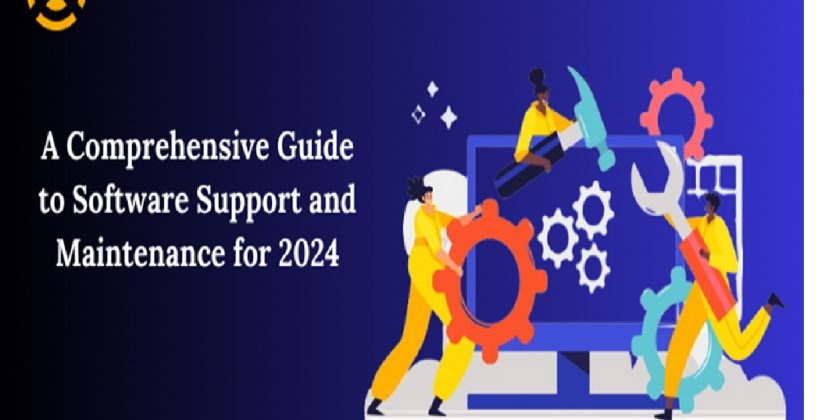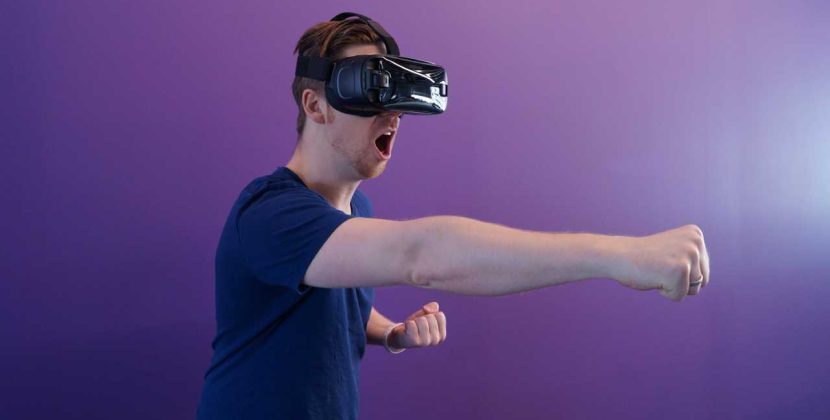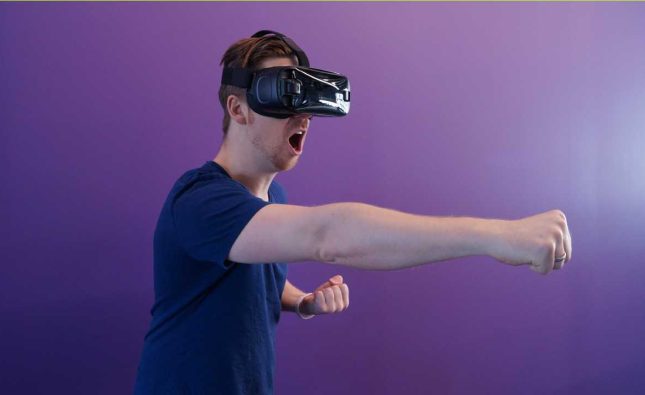
generalized computing
- It is the calculation paradigm that proposes proactive interaction between devices and the environment to make one or more technologies transparent for the user. For more information, see Multiplatform Widespread Healthcare.
- It is the computing paradigm that proposes proactive interaction between devices and the environment to make one or more technologies transparent for the user. For more information, see Multiplatform Widespread Healthcare.
- It is the idea that almost any device can integrated with chips to connect the device to an infinite network of other devices. integrated into such way connectivity discreet and always available. For more information, see: Defining a Ubiquitous Architecture for Centralized Monitoring of Home Care Systems.
- Pervasive processing can called as computing that ingrained in professional or private environments to offer seamless processing anytime, anywhere. For more evidence, see Electronic Co-operation in Companies.
- Omnipresent Computing or Ubiquitous Computing, as the name suggests, refers to the trend towards increasingly networked computing devices in the area. The devices do not have to computers, but very small (even invisible) and mobile or embedded in almost all kinds of objects, including care, clothing, and devices. The ubiquitous computing devices communicate over increasingly interconnected networks. Learn more at: Latest Mobile Business Trends.
generalized computing
- Generalized computing applies to all physical parts of our life. Users may have no idea about computing devices and details related to these physical parts. For more information, see A Survey on the Use of Emotion, Mood, and Personality in Ambient Intelligence and Intelligent Environments.
- Also known as ubiquitous computing, ubiquitous computing refers to efforts to integrate computers into everyday environments by making them ubiquitous and allowing natural user interaction. The idea that once computers sufficiently integrated into the environment, users no longer “use a computer” but simply perform a task that depends on the computer’s power to perform the task. Camera phones sometimes seen as a step towards “smartphones” that becoming the ubiquitous and successful computing devices that users can use to communicate via audio, video, still, images, email, and the Internet without having to. They solve problems like connectivity and technical problems. . . Learn more at Digital Photography.
- A human-computer interaction model in which information processing seamlessly integrated into everyday objects and activities so that the user can focus on the specific task and not on the details of the interaction with the system. For more information, see: Can Mobile Commerce Benefit From Mainstream Computing?
- Invasive computing consists of low-cost microprocessors embedded in everyday objects and environments. They characterized by numerous computing devices that often invisible and inadvertently accessible, often mobile or integrated into the environment, and connected to an increasingly ubiquitous network structure. For more information, see Intelligent Learning Using Pervasive Computing Devices.
- Also known as ubiquitous computing, it examines how computing can integrated into the environment in such a way that it is easily accessible to users. It includes an emphasis on usability and naturalness, and discretion paramount. For more information, see Widely Used Wireless Sensor Networks.
What is ubiquitous?
Definition: Pervasive refers to the corporate culture that becomes second nature to the workforce, causing employees to maintain a positive or negative attitude that affects their performance.
What does ubiquitous mean?
What the definition of ubiquitous? A positive corporate culture enables the leaders of an organization to strategically improve corporate performance and promote a positive atmosphere in the workplace. In this context, employee engagement, productivity, and teamwork are reinforced. On the contrary, a negative corporate culture prevents an organization from developing and harms the attitude of employees towards their work. This often leads to problems, low productivity, and high sales.
example
A few years ago, Company A, a leading manufacturer, was taken over by a mega-corporation. The company has been through reorganizations and severe layoffs. As a result, employee performance has deteriorated, people stressed because they have lost their jobs, and the negative atmosphere has shifted blame from the bottom up.
Company B is an established retailer with a global presence that recently launched a new product line. However, due to insufficient market research and after the financial crisis, the new products were unable to convince consumers. As a result, the company struggling with declining profitability and high employee turnover.
In both cases, employees react negatively to a negative situation in the workplace, making them feel unsafe. Lack of motivation maintains an unhealthy corporate culture that is so strong that it cannot overwhelmed.
To transform a pervasive corporate culture, leaders must able to strike the right balance, placing more emphasis on relationships and less on results. Company results achieved when employees feel valued. Emotional intelligence also important as it enables leaders to effectively manage conflict and address business challenges.
Also Read: Analog to digital conversion












